How do you seal up an old fireplace chimney?
I have an unused fireplace that feeds a lot of cold into the house so I would like to insulate and shut it. How can I do that in way where I may be able to use it again in the future if we need it? Thank you.








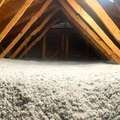
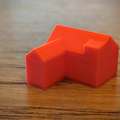




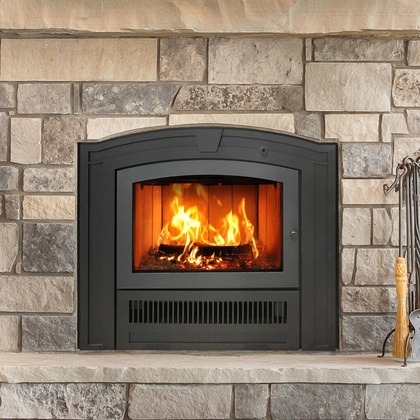
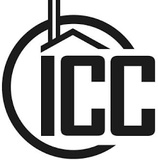
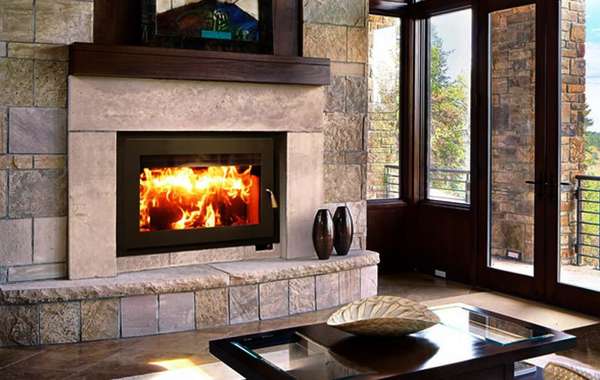
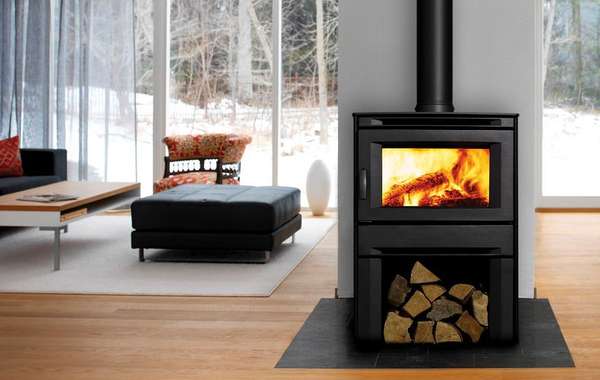
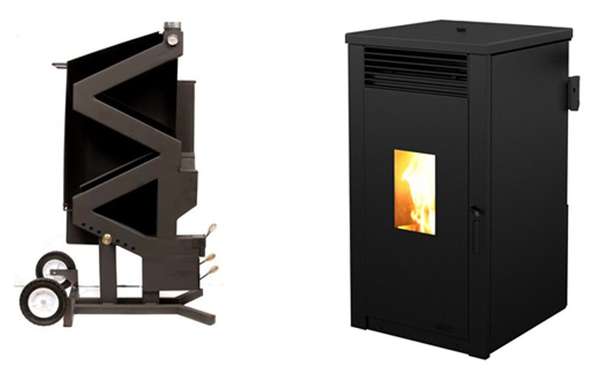
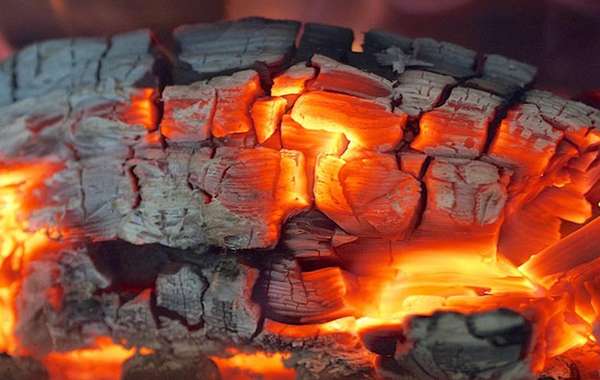
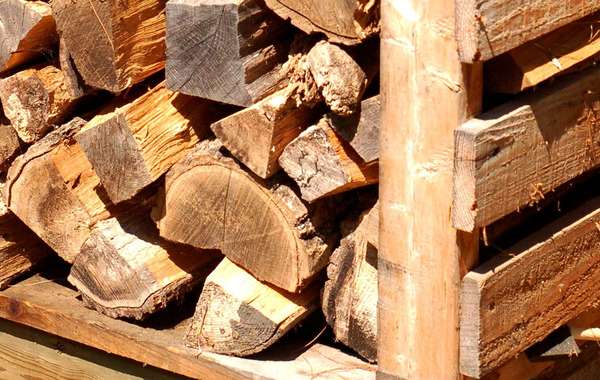
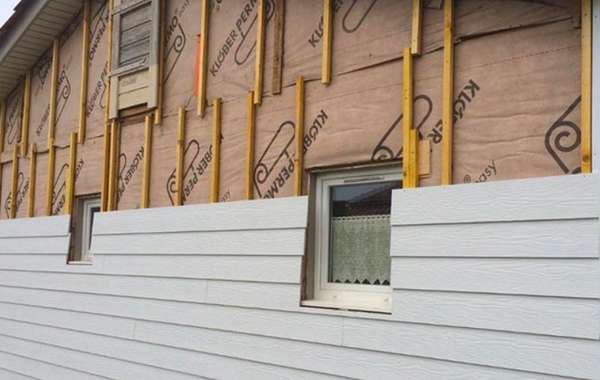
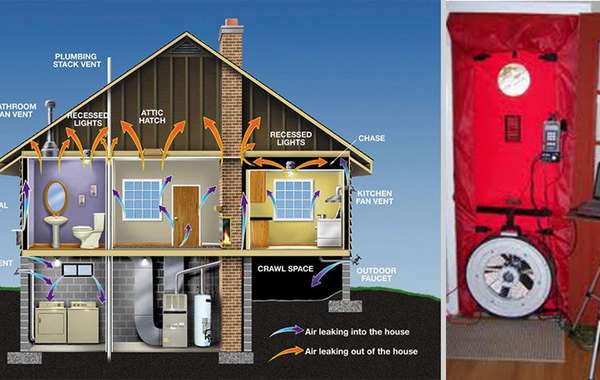
It is relatively simple to insulate a chimney to reduce heat loss now, but not eliminate the possibility of using it again in the future.
Sealing up an unused brick fireplace chimney will save money on your heating bills and increase your comfort level at home.In addition to letting in cold, these chimneys pull hot air out of the house. To stop your chimney from being a major source of heat loss you need to insulate inside the chimney from the top and bottom, in addition to insulating the exterior.
Insulating chimneys from the inside:
What you want to do is essentially create ‘plugs’ of insulation (Rockwool is recommended) by compressing it and putting it into the opening, it will then expand slightly and fill the hole. Do this from the top and then cover the opening with galvanized sheet metal to prevent water from infiltrating. Plug the bottom opening with insulation as well, then seal it to prevent air leakage.
Insulating chimneys from the outside:
Cover the entire stack of bricks with a layer of rigid insulation (rockwool or expanded polystyrene) and half inch-thick plywood, which can then be covered to match the rest of the house.
Installing wood stoves with existing fireplace chimneys:
By installing batt insulation in the chimney and not using spray foam, it is easily disassembled if needed so you may be able to use the existing chimney for a wood stove or a gas or wood fireplace insert in the future if you so desire. To do so, you simply have to remove the insulation plugs and have a new chimney stack inserted inside the brick fireplace. This of course would need to be done by certified professionals, and only if the existing chimney is structurally solid.
Instead of insulating the exterior of the brick chimney, we were actually advised to fill the interior cavity with loose fill insulation. I reckon this serves a similar purposes as the exterior insulation suggested in the previous post, but I see 2 advantages:
-exterior esthetics remain unaffected
-there is a bedroom located on the other side of the inner wall of the brick chimney. Filling the chimney with insulation should better address the cold wall of that bedroom.
Hi Samuel,
True, not insulating the exterior keeps the aesthetic the same, however, depending on how the chimney integrates with the wall of the house, I would be concerned that the stone or brick would still act as a thermal bridge. I think what you describe would actually lead to a colder bedroom wall. If the stone or brick is entirely insulated outside it will become part of the interior conditioned space, but if any of it is left exposed from the interior through to the exterior it will continue to conduct heat.
The main reason we propose exterior insulation would be to create an envelope around the chimney to eliminate any thermal bridging. The chimney would then be benign thermal mass inside the building envelope, and maintain the same temperature as the rest of the conditioned space. The most important part though is to stop the air flow, so again, what you mention would work, but always make sure to create a good air seal.
Thanks for you input!